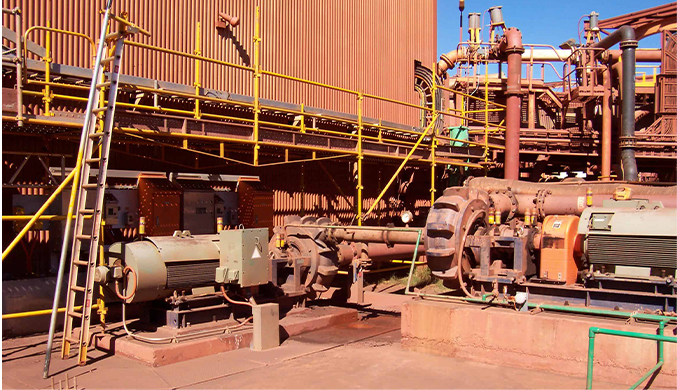Swedish
- Afrikaans
- Albanian
- Amharic
- Arabic
- Armenian
- Azerbaijani
- Basque
- Belarusian
- Bengali
- Bosnian
- Bulgarian
- Catalan
- Cebuano
- Corsican
- Croatian
- Czech
- Danish
- Dutch
- English
- Esperanto
- Estonian
- Finnish
- French
- Frisian
- Galician
- Georgian
- German
- Greek
- Gujarati
- Haitian Creole
- hausa
- hawaiian
- Hebrew
- Hindi
- Miao
- Hungarian
- Icelandic
- igbo
- Indonesian
- irish
- Italian
- Japanese
- Javanese
- Kannada
- kazakh
- Khmer
- Rwandese
- Korean
- Kurdish
- Kyrgyz
- Lao
- Latin
- Latvian
- Lithuanian
- Luxembourgish
- Macedonian
- Malgashi
- Malay
- Malayalam
- Maltese
- Maori
- Marathi
- Mongolian
- Myanmar
- Nepali
- Norwegian
- Norwegian
- Occitan
- Pashto
- Persian
- Polish
- Portuguese
- Punjabi
- Romanian
- Russian
- Samoan
- Scottish Gaelic
- Serbian
- Sesotho
- Shona
- Sindhi
- Sinhala
- Slovak
- Slovenian
- Somali
- Spanish
- Sundanese
- Swahili
- Swedish
- Tagalog
- Tajik
- Tamil
- Tatar
- Telugu
- Thai
- Turkish
- Turkmen
- Ukrainian
- Urdu
- Uighur
- Uzbek
- Vietnamese
- Welsh
- Bantu
- Yiddish
- Yoruba
- Zulu
Telephone: +86 13120555503
Email: frank@cypump.com
aug . 16, 2024 22:52 Back to list
Different Varieties of Slurry Pumps for Various Industrial Applications
Understanding the Types of Slurry Pumps
Slurry pumps are specialized centrifugal pumps designed to handle abrasive, viscous, and heavy liquids known as slurries. These pumps are crucial in various industries, including mining, construction, and wastewater treatment, where they transport a mixture of solid particulates suspended in liquids. Understanding the different types of slurry pumps is essential for selecting the right pump for specific applications.
1. Centrifugal Slurry Pumps
Centrifugal slurry pumps are the most common type used in various industries. They operate on the principle of converting rotational energy from a motor into hydrodynamic energy. The pump impeller spins rapidly, creating a centrifugal force that drives the slurry outward and into the discharge pipe. These pumps can handle a range of slurry densities and are effective for transporting slurries over long distances. However, they are more suited for less viscous slurries and may struggle with highly concentrated materials.
2. Positive Displacement Slurry Pumps
Positive displacement pumps, unlike centrifugal pumps, move slurries through a fixed volume mechanism. These pumps are ideal for handling high viscosity slurries and provide a consistent flow rate regardless of the discharge pressure. Positive displacement slurry pumps can be further categorized into
- Diaphragm Pumps These use a diaphragm to create a changing volume within the pump chamber, allowing them to draw and expel slurries without the risk of contamination. They are particularly useful in applications requiring sanitary conditions.
- Gear Pumps They utilize rotating gears to move the slurry. Gear pumps can handle highly viscous materials and deliver a steady flow, making them suitable for applications in chemical processing and food industries.
types of slurry pumps

3
. Submersible Slurry PumpsSubmersible slurry pumps are designed to operate while submerged in the slurry being transported. They are typically used in applications where the slurry is too thick or abrasive for traditional pumps. These pumps are efficient in managing high solids content and are commonly employed in mining operations, dredging, and dewatering applications. Due to their submersible nature, they also help reduce the need for additional piping and priming systems.
4. Vertical Slurry Pumps
Vertical slurry pumps are designed for applications where space is limited. They feature a vertical design, allowing them to operate in shallow water or narrow pits. These pumps are commonly used in mining and mineral processing, as they can effectively handle large volumes of slurry with varying solid concentrations. Their design minimizes wear and tear, increasing their durability in harsh conditions.
5. Horizontal Slurry Pumps
Horizontal slurry pumps are widely used due to their easy maintenance and installation. These pumps have a horizontal orientation and are typically used in industrial applications for transporting slurry over long distances. They can efficiently handle a range of solid sizes and concentrations, making them versatile for different slurry characteristics.
Conclusion
Choosing the right type of slurry pump is crucial for efficient and effective slurry transportation. The decision will depend on various factors, including the viscosity and density of the slurry, the distance it needs to be transported, and the specific industrial requirements. Understanding the various types of slurry pumps—centrifugal, positive displacement, submersible, vertical, and horizontal—will help industries optimize their processes, minimize equipment wear, and ensure smooth operations in slurry handling applications. By selecting the appropriate pump, companies can enhance their efficiency, reduce downtime, and achieve better overall performance in demanding environments.
-
Horizontal Split Case Pump with GPT-4 Turbo | High Efficiency
NewsAug.01,2025
-
ISG Series Pipeline Pump - Chi Yuan Pumps | High Efficiency, Durable Design
NewsAug.01,2025
-
Advanced Flue Gas Desulfurization Pump with GPT-4 Turbo | Durable & Efficient
NewsJul.31,2025
-
ISG Series Vertical Pipeline Pump - Chi Yuan Pumps | Advanced Hydraulic Design&Durable Construction
NewsJul.31,2025
-
ISG Series Vertical Pipeline Pump - Chi Yuan Pumps | Energy Efficient & Low Noise
NewsJul.31,2025
-
pipeline pump - Chi Yuan Pumps Co., LTD.|High Efficiency&Low Noise
NewsJul.31,2025










